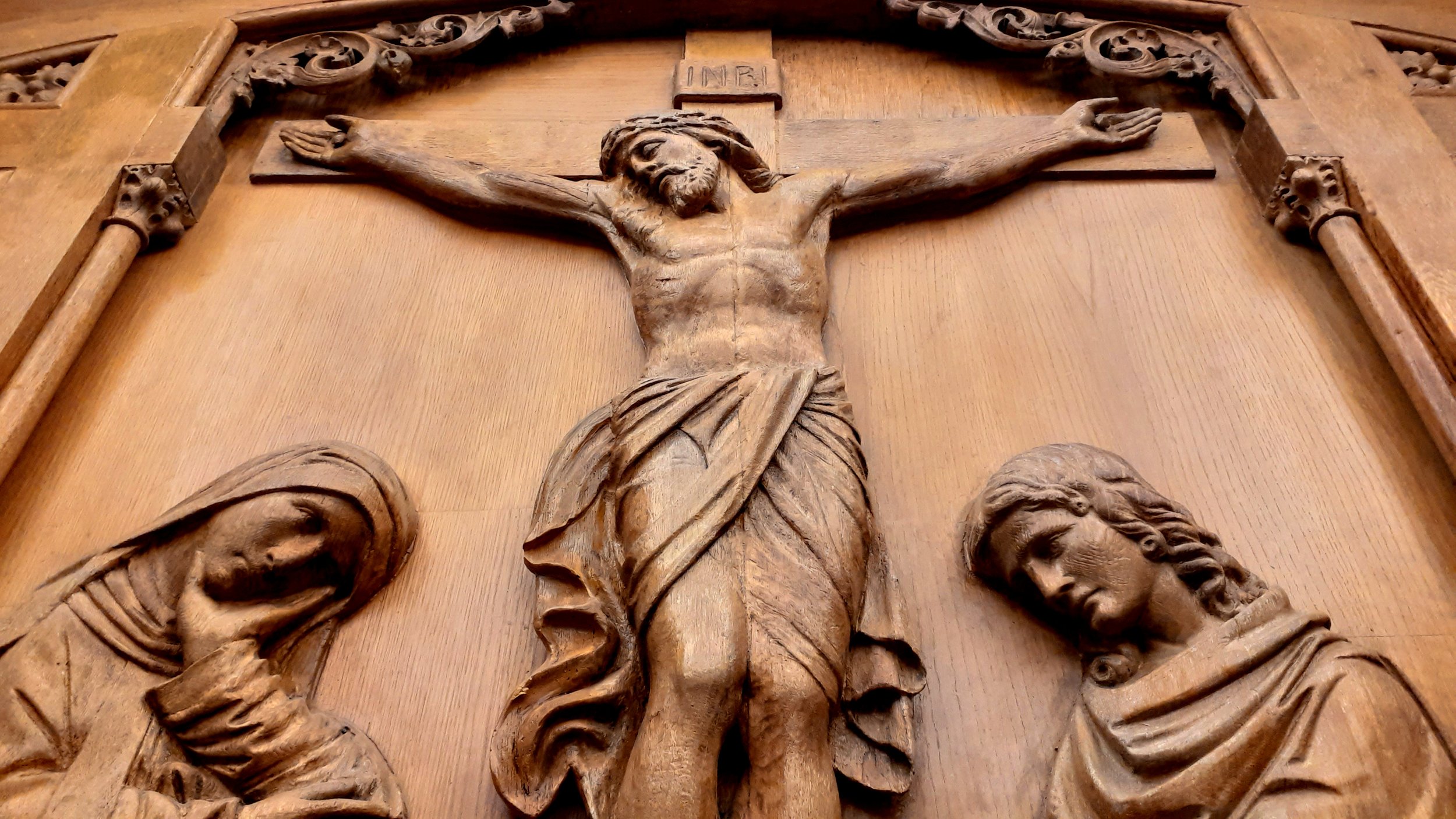“Teach the children their catechism … how to approach the sacraments.”
— Our Lady of Good Help
WHY?
For starts, a 2015 Pew study found that 41% of Catholic children no longer practiced as adults. That number has skyrocketed! More recent studies have found that this number is around 80%. So, eight out of ten Catholic children stop practicing the faith.
The best way to keep our children in the Church is to teach them what the Church teaches and why it exists — and why they exist. There is nothing more important. Can’t I just give them family prayer and a good example? Isn’t confession and Mass enough for their formation? Our Lady didn’t think so. But we don’t have to be theologians to pass on the truths of the faith; the Church has given us an easy means to do so. Every parent must make this a priority, especially now.
HOW?
Grab a catechism.
WHICH ONE, THOUGH?
First, let’s talk about what a catechism is. A catechism is a summary of the teachings of the Catholic Church. The catechism is typically what someone would learn as a child or a convert.
We have documents from as far back as the first century that show us how the Apostles and early church leaders taught new converts – through homilies and lectures. In the fourth century, St. Augustine organized this instruction into a system that became the Church’s standard for hundreds of years. In the Middle Ages, monks did most of this catechetical instruction.
The catechism in book form was a response to various protestant sects that broke off from the Church in the 16th century (The Reformation). The Church had to clearly define its beliefs against rampant attacks and false teachings, so Pope Pius V called the Council of Trent. After meeting for 18 years, church leaders produced the first catechism for church-wide use. It was the start of the church’s counter-reformation.
Fast forward to the 21st century, and there are hundreds of Catholic catechisms, so how do you choose one now?
New catechisms do NOT contain new teachings. Since God does not change, His Truths can’t either. So old catechisms are not outdated or old-fashioned - it’s just that the Church improved on an explanation or wants to share a new application of a teaching for our times.
There are hundreds of catechisms. It is safest to study those created by councils of bishops speaking with one voice. Regional Councils are fine too. There are also a few written by saints that are reputable. The best catechisms are clear, balanced (i.e., not all God’s justice, not all God’s mercy), and hold firmly to the traditional, enduring, and unchanged teachings outlined at The Council of Trent.
WHAT DO I DO WITH IT?
For me, the easiest way to learn is by teaching my children. But I can’t teach what I don’t know. As I try to make sense of our faith and strive to get it right for them, I become better educated.
If your child is catechized at school or in CCD, pick a catechism that attracts you and read the sections that cover what your child is studying. You only need to be knowledgeable enough to ask, “What’d you learn in class this week?” and have a conversation. With you leading them, knowing the faith becomes more important and attractive. Studies show that you have to have your own personal relationship with Christ and His Church for your children to pick it up from you.
If you homeschool, pick a catechism for your child. Read a chapter together or pre-read a chapter and summarize it for your child. Draw pictures to illustrate the ideas. Have them draw or scribble along with you. Pull out saint books or classical art books that show what you’re teaching. Watch a YouTube video. Have a discussion. Easy-peasy!
WHAT ABOUT BIBLE STORIES?
Free form discussions have become my favorite — and most effective — way to teach my children about the life of Christ, Old Testament stories, or the first Christians. I struggled to read verses or commentaries to them, because my kids are antsy and talkative. They couldn’t sit long, and most of what I read was either too dumbed down or beyond their understanding. As their mom, I needed to make it just right for them.
Now, I try to read my own daily liturgical meditations. If I can get to it, I read the readings for Mass and a short analysis or meditation. Then, when it’s time to sit down for lunch, I don’t have to search for the right book or remind them to be quiet for 10 minutes before giving up on the whole thing.
Now, I just jump in, “Did you know that Jesus ate food in His risen body?”
Now we’re talking about His meal on the shore with the apostles.
“I read that Moses went to heaven. How could we possibly know that?”
Now, we’re discussing the conversation Jesus had with Moses during the transfiguration.
I don’t do it every day, because I don’t always find something to share, and frankly, I don’t always get away to my closet-chapel for my prayer time. Yet, on those days I come to the table prepared, they see my love for the Word and hear my excitement. That grabs their attention even more than the stories do.

